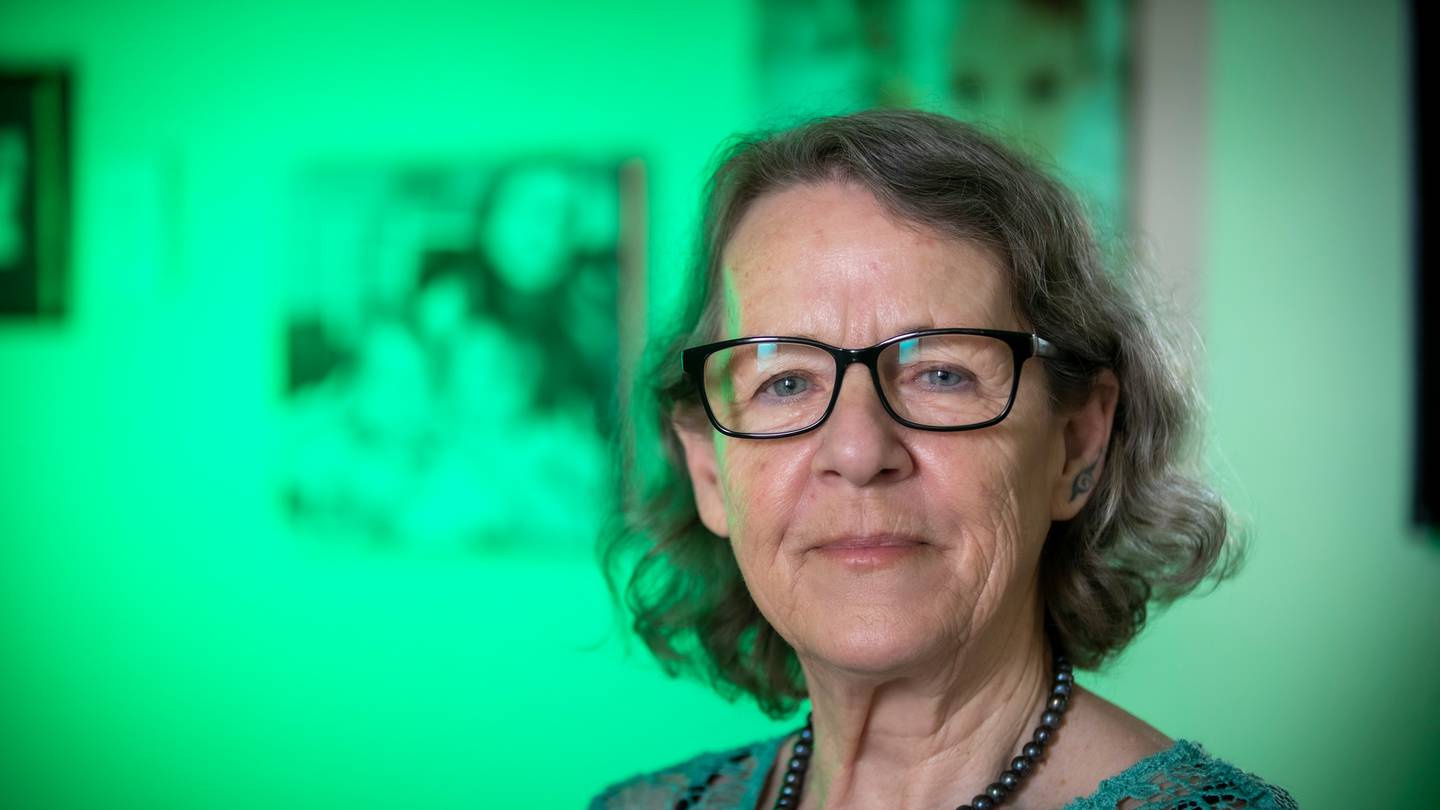Latest News -
Auckland grandma becomes first to legally use dried cannabis flower to relief her pain

It was stepping out of an Auckland pharmacy with two shopping bags full of prescribed pain-relief medications that led Pearl Schomburg to consider taking her life.
“I remember staring in the window of the chemist shop and I couldn’t believe this was my life,” Schomburg told the Weekend Herald.
Instead, she looked down at the golf-ball sized rheumatoid neuroma on her hand and became committed to finding a better way to treat her constant nausea and crippling chronic pain from rheumatoid arthritis and her growing list of autoimmune conditions.
Ten years later, she has become the first person in New Zealand to legally use a dried cannabis flower to soothe her pain and anxiety.
“It’s like I’ve come a full circle really, it’s literally been life-changing,” she said.
Sourced from Australia, the flower has less than 10 per cent THC (tetrahydrocannabinol) – which is the main psychoactive compound in cannabis – and was high in CBD (cannabidiol) which helped treat pain and lower anxiety.
“Patients like me, we are not interested in getting high and feeling stoned, we are interested in getting better,” Schomburg said.
She began petitioning for medicinal cannabis use after seeing the benefits it had on a friend and her 75-year-old mum who were both battling terminal cancer.
“Mum would have been the first one to call me out on using cannabis but in fact she rang me up for more because that was the only thing easing her pain and discomfort from not only chemo but the cancer that was literally killing her,” she said.
However, attached to cannabis-use, Schomburg said, was a tremendous amount of anxiety and guilt through using it illegally, even though it was the only treatment helping them.
“If you’re like my mum whose grown up thinking it was the devil’s lettuce and no value what’s so ever then that’s a dreadful burden for sick people to carry,” Schomburg said.
Eight months ago, she approached a GP at the Cannabis Clinic in Takapuna and presented reasons why she thought a prescription of this flower would help her and others suffering similar symptoms.
Together with the clinic’s Dr Waseem Maan Alzaher and Australian Natural Therapeutics Group (ANTG) chief executive Matt Cantelo, who exported the product, they were able to get it approved for patients via a prescription.
Earlier this month, the Ministry of Health verified three strains of dried cannabis flower – ANTG Mariposa, ANTG Rocky and ANTG Eve – as meeting the minimum quality standards for the oral route of administration only under the Medicinal Cannabis Scheme, which came into effect in April 2020.
This meant that the products had been tested to ensure that they didn’t contain unsafe levels of contaminants such as pesticides, heavy metals and microbiological contamination, a Ministry of Health spokesperson said.
However, the spokesperson said the dried cannabis flower didn’t meet the minimum quality standards for a product that is to be inhaled through a vaporiser.
For patients like Schomburg it was a win.
Alzaher, who was now able to prescribed ANTG’s dried flower to his patients, said traditional pain relief could create “a prescriptive cycle”, by producing side effects that only lead to further prescriptions and medications.
“I believe as medical professionals we need to challenge the status quo. We need to try and solve the issue of chronic pain in a better way and not just keep handing out more prescriptions for more side effects.”
Since the legalisation came into effect nearly two years ago, the clinic had been contacted by over 6000 patients asking for medicinal cannabis assistance, from every corner of the country.
The average age of such patients was between 40 and 60, with 85 per cent of patients requesting it for chronic pain. A further 15 per cent are requesting it for relief in much more serious conditions, including palliative care.
Royal New Zealand College of General Practitioners medical director Dr Bryan Betty said the college remained neutral on medicinal cannabis as there was still a lack of robust evidence it worked.
“As doctors, we are meant to prescribe on evidence and the evidence base is still very early on for medicinal cannabis, that’s not to say it’s not benefit but getting the evidence had always been the issue,” Betty said.
He said there were a number of large international trials being conducted at the moment and they would be watching closely for those results.
“A lot of GPs take the position that if the patient feels medicinal cannabis could benefit them then they would support that but it’s with the provision that there isn’t huge evidence for a lot of these conditions that medicinal cannabis has claimed to help.”
Betty – who is a GP in Wellington – said he was surprised he hadn’t received more interest in cannabis from his patients but expected that was due to him being in a low socio-economic area and the cost being too high.
“There’s no doubt recreational use of marijuana is often used as a substitute,” Betty said.
Since the scheme was introduced, the ministry had verified ten products against the minimum quality standard.
The ministry’s spokesperson said they were currently working through a further 14 applications. “Timeframes for completion of the assessments vary, depending on the quality of the information provided by applicants.”